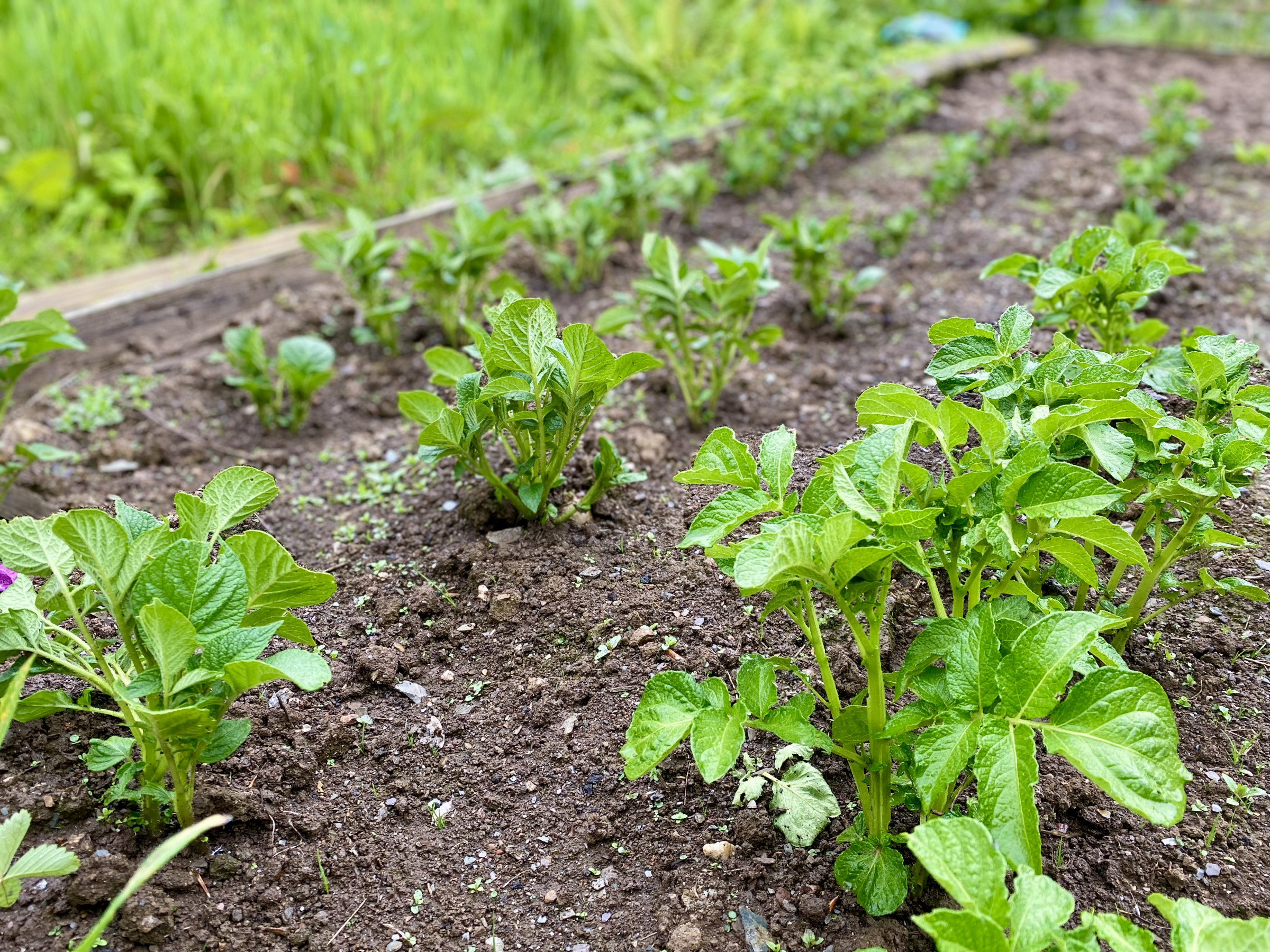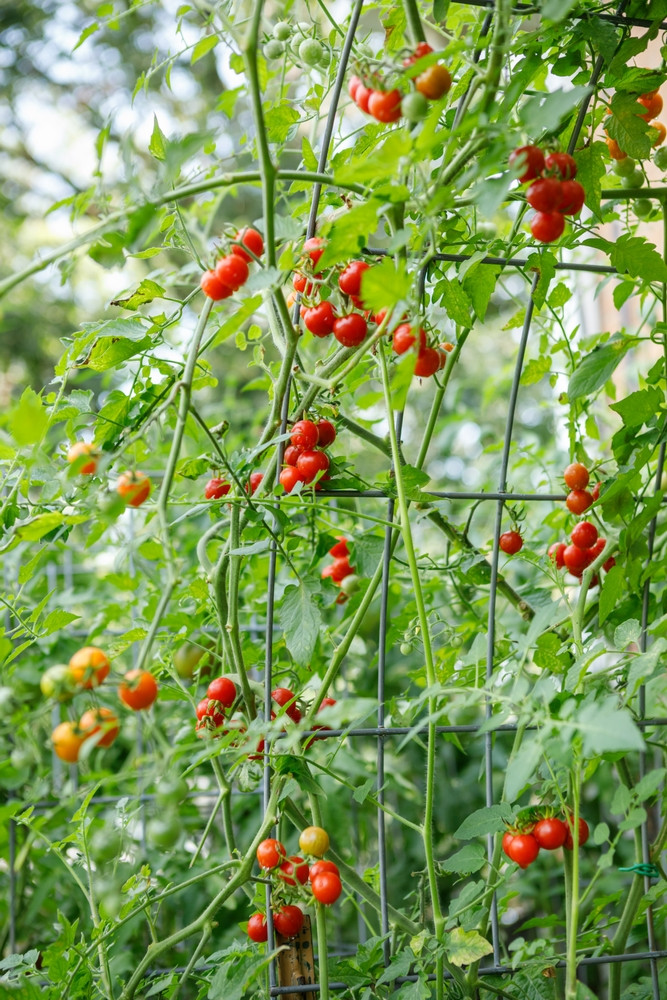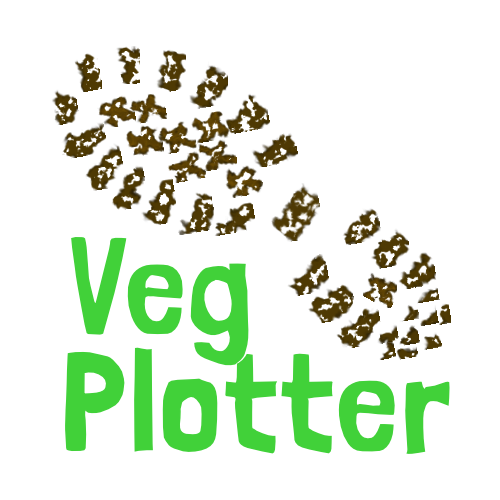What Are The Easiest Vegetables To Grow in Zone 6?

For those cultivating a garden in USDA Zone 6, the generous growing window—typically from late April's last frost to mid-to-late October's first freeze—presents a prime opportunity for a diverse vegetable patch. While many crops thrive here, seasoned gardeners often seek varieties that offer reliable returns with minimal fuss, freeing up time for more ambitious endeavors or simply ensuring a consistently abundant yield.
Let's explore some of the most accommodating vegetables for Zone 6, perfect for gardeners looking to maximize efficiency and enjoyment without compromising on harvest quality.
Leafy Greens: Rapid Turnaround and Continuous Yields
When efficiency and successive harvests are a priority, leafy greens are invaluable.
-
Lettuce: Beyond its general ease, consider diverse loose-leaf varieties for cut-and-come-again harvesting. Staggering sowings every 2-3 weeks from early spring into late summer ensures a continuous supply through cooler periods. They appreciate consistent soil moisture and benefit from partial afternoon shade as temperatures climb, which helps delay bolting.
-
Spinach: A quintessential cool-season crop, spinach offers rapid germination and multiple cuttings. Opt for savoy or semi-savoy types for disease resistance. Maintaining consistent moisture is key to tender leaves and preventing bitterness.
-
Radishes: For immediate gratification and efficient bed turnover, radishes are unparalleled, maturing in as little as 3-4 weeks. Ideal for interplanting or defining rows, they demand well-draining soil and consistent, even moisture to prevent cracking or pithiness.

- Kale & Swiss Chard: These highly bountiful brassicas are remarkably resilient, tolerating a wide temperature range and even light frosts, which can sweeten their flavor. Focus on harvesting outer leaves to encourage continuous growth. Their robust nature often means fewer pest pressures, simplifying management.
Pods and Roots: Foundational Crops with Reliable Performance
Beyond the rapid cycle of greens, several root and pod crops form the backbone of an effortless Zone 6 garden.
- Bush Beans: A staple for their dependable yield and self-supporting habit, bush beans are an excellent choice for consistent summer harvests. Look for varieties noted for disease resistance (e.g., common blight). Direct sowing after the last frost into warm, well-drained soil ensures strong germination and a steady supply of pods.
- Peas: An early spring delight, peas are low-maintenance and offer a sweet reward. Sugar snap and snow peas, edible pod and all, provide maximum value. Planting early in the season, as soon as the soil is workable, on a simple trellis or netting supports their growth and keeps pods clean.
- Carrots: Achieving straight, well-formed carrots hinges on proper soil preparation. Ensure your beds are deeply worked, loose, and free of obstructions. Consistent moisture is critical from germination through root development to prevent forking or splitting. Successive plantings into early summer and again in late summer extend the harvest.

- Potatoes: Cultivating your own potatoes is surprisingly straightforward. Start with certified disease-free "seed potatoes." Whether planted in trenches, raised beds, or large grow bags, consistent "hilling up" of soil around the growing stems maximizes tuber formation. Consider early-season varieties for a quick crop and main-season types for storage.
Warm-Weather Winners: Classic Garden Stars for Extended Harvests
Once the threat of frost is definitively gone, Zone 6 springs to life with sun-loving favorites.
- Cucumbers: These vigorous vining plants can be incredibly bountiful. Utilizing a sturdy trellis or cage for vining types conserves space, improves air circulation, and yields cleaner fruit. Bush varieties offer a compact alternative for smaller plots. Consistent moisture is paramount, especially during fruiting, to avoid bitter cucumbers.
- Zucchini (Summer Squash): Famously easy to grow, zucchini is exceptionally bountiful, often producing more than a single household can consume. Plant in full sun with ample space. Monitor for squash vine borers and powdery mildew, common issues in late summer, and consider resistant varieties.

- Tomatoes (especially Cherry Varieties): While main-season tomatoes require attention, cherry varieties are incredibly forgiving and deliver immense yields, making them ideal for reliable harvests. Provide robust support (stake, cage, or trellis) and consider basic pruning for improved air circulation. Plant after all danger of frost has passed into rich, well-draining soil.
Elevated Practices for Zone 6 Success
- Precision Planting Dates: Beyond general frost dates, fine-tune your sowing and transplanting schedule. Utilize a dedicated online garden planner like VegPlotter.com (www.vegplotter.com), which can help you organize your garden layout and provides precise planting dates tailored to your specific zone and chosen crops.
- Optimized Soil Health: Go beyond basic amending. Consider a soil test to understand your soil's composition and nutrient profile, then amend specifically with compost, balanced organic fertilizers, or appropriate minerals. Good drainage and rich organic matter are foundational.
- Strategic Watering: Aim for deep, infrequent watering to encourage strong root development, rather than shallow, frequent sprinkles. Mulching extensively helps retain soil moisture, suppress weeds, and regulate soil temperature.
- Integrated Pest & Disease Management: Stay vigilant. Regular garden inspections allow for early detection. Employ organic preventative measures like crop rotation, companion planting, and encouraging beneficial insects to minimize issues before they escalate.
- Succession Planting: For many crops, particularly leafy greens and bush beans, staggered plantings every few weeks will ensure a continuous harvest rather than a single overwhelming glut.
By strategically selecting these easy-to-manage varieties and implementing these slightly more refined practices, your Zone 6 garden will consistently deliver a bountiful and satisfying yield, allowing you to enjoy the fruits (and vegetables) of your labor with greater efficiency and pleasure. Happy gardening!


